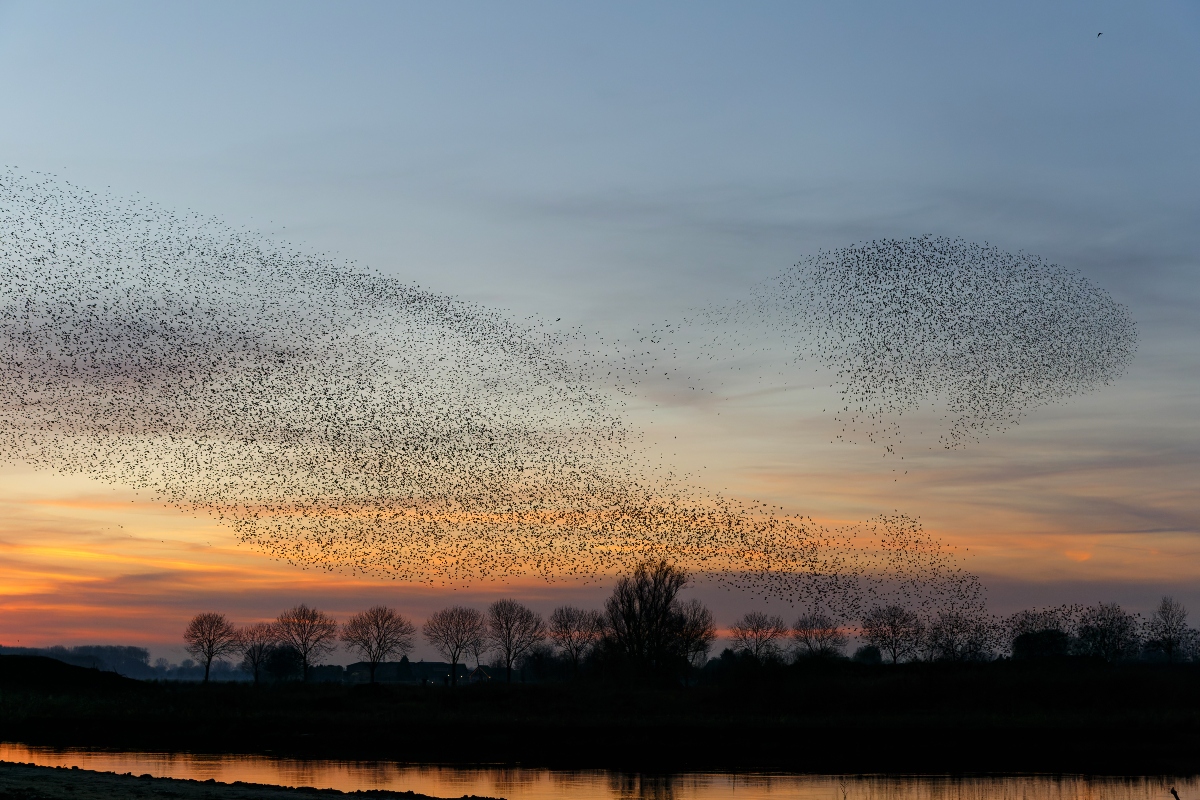The common Starling, or Sturnus vulgaris, is a bird that wears many hats in the avian community. Often viewed with mixed feelings due to its adaptability and sometimes invasive nature, the Starling is undeniably a creature of great intrigue and beauty, displaying a rich variety of behaviors and characteristics that make it a fascinating subject of study.
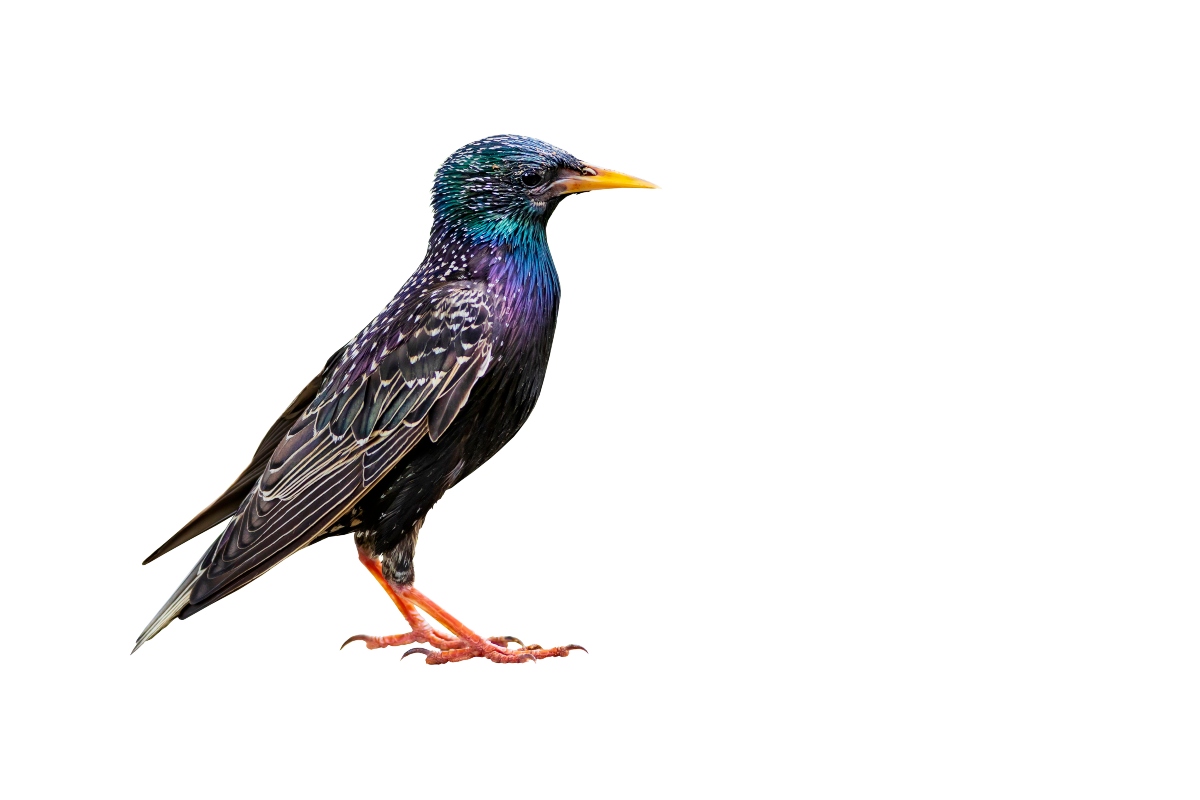
At first glance, Starlings might seem somewhat unremarkable with their dark, chunky bodies and short tails. However, a closer look reveals a dazzling array of colors that play across their feathers, creating an iridescent display of purples, greens, and blues that shimmer in the sunlight. This kaleidoscope of colors, coupled with their bright yellow eyes, gives them a striking appearance, especially during the breeding season.
Starlings are highly social birds, often seen in large, noisy groups that can number in the thousands. These flocks create stunning aerial displays, called murmurations, where the birds move in a fluid, coordinated manner, painting dynamic shapes across the sky. These breathtaking displays, which are a spectacle of nature’s artistry, occur mainly during the autumn months and are a sight to behold.
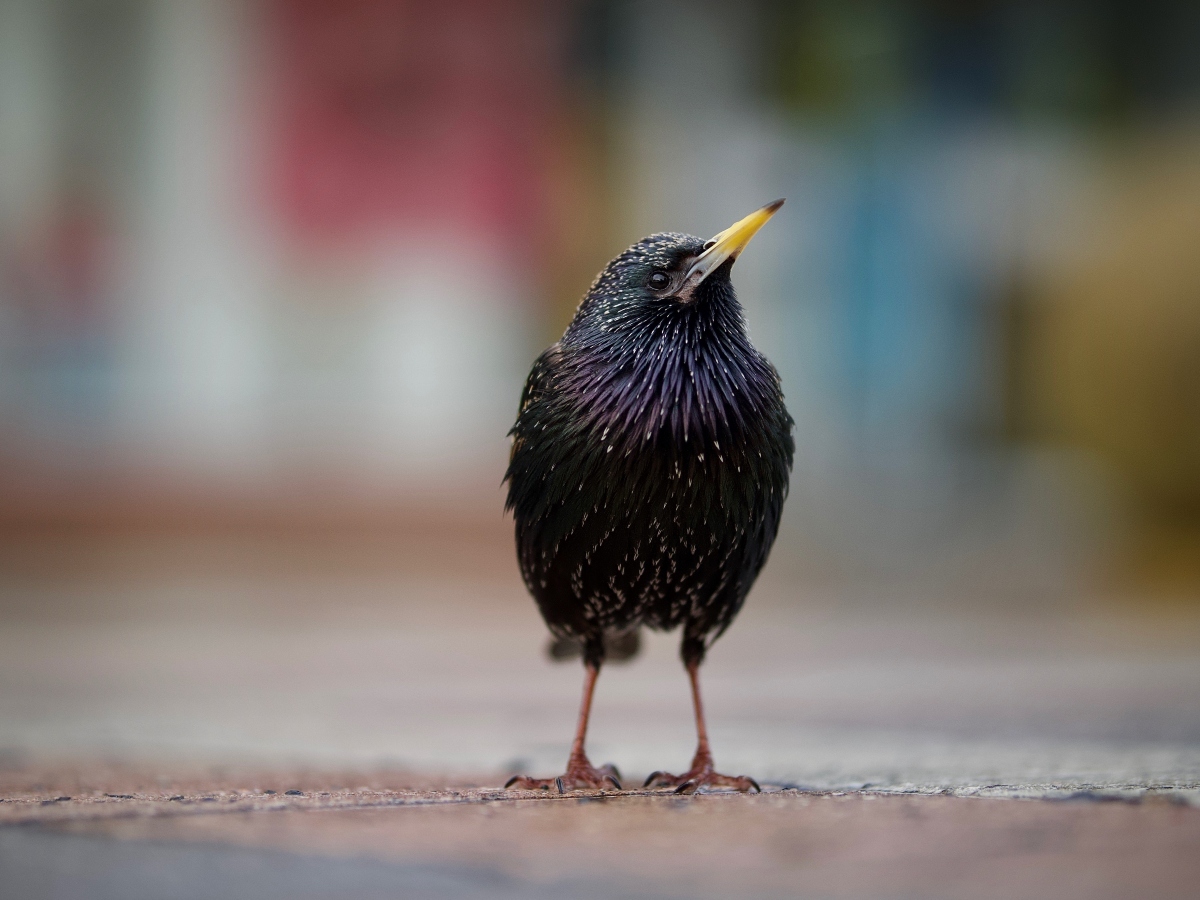
Found across Europe, Asia, and North Africa, Starlings have also established themselves in other parts of the world, including North America and Australia, where they were introduced. Their adaptable nature allows them to thrive in a variety of habitats, from urban environments to farmlands and forests.
Their diet is equally diverse, including a range of insects, fruits, and seeds, which they forage with a unique method of opening their bill to displace soil and uncover hidden morsels. This adaptability in diet plays a role in their successful colonization of various environments, although it can sometimes bring them into conflict with agricultural interests.
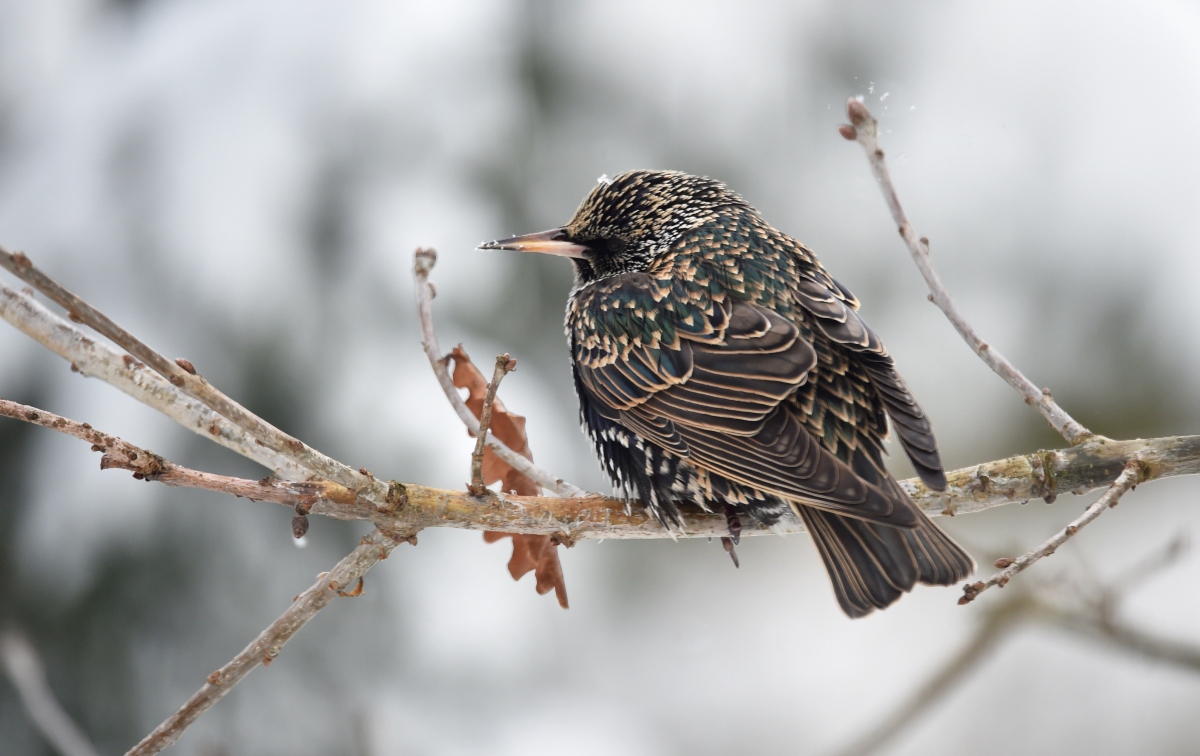
When it comes to nesting, Starlings are cavity-nesters, often occupying natural holes in trees or utilizing nest boxes provided by humans. Their breeding season is marked by elaborate displays of song and dance, as males strive to attract mates. Once a pair is formed, they work together to raise their young, with both parents involved in feeding and nurturing their offspring.
Despite their beauty and remarkable aerial displays, Starlings are often viewed as pests due to their tendency to displace native bird species and cause damage to crops. This dichotomy in their nature makes them a complex and somewhat controversial figure in the bird world.
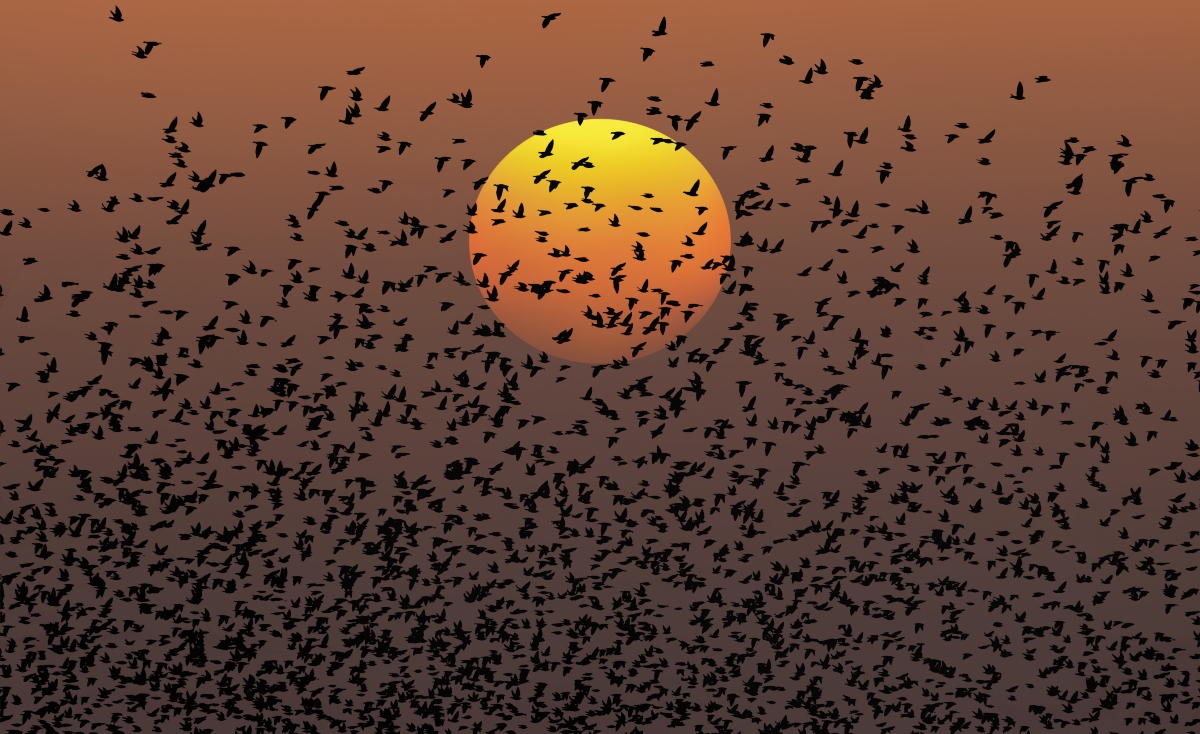
In the realms of culture and literature, Starlings have found a place as symbols of unity and fluidity, their murmurations serving as a visual metaphor for harmony and coordination in group dynamics.
As we delve deeper into the world of the Starling, it becomes evident that this bird, often underestimated, is a creature of great complexity and beauty. Whether marveled at in flight during a murmuration or appreciated up close for their iridescent plumage, the Starling remains a bird that captivates and astounds, a living testament to nature’s ability to adapt, innovate, and mesmerize.
